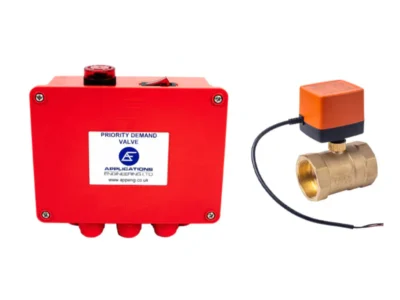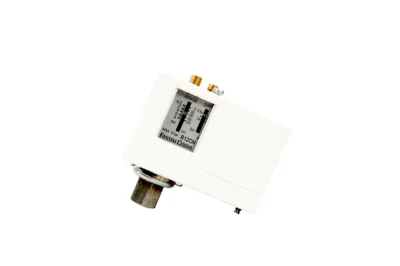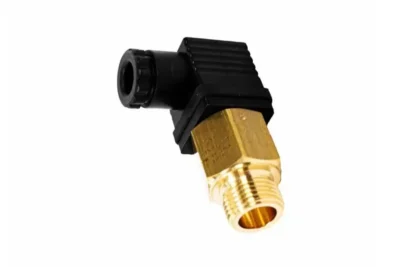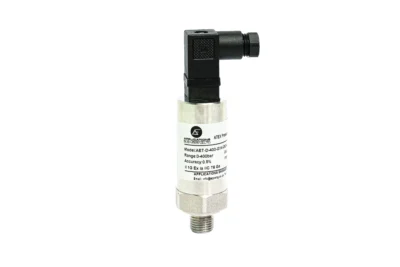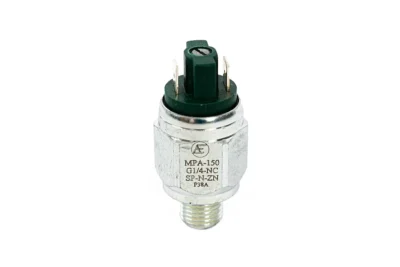We have safely navigated our way through the long hot summer and as we enter September a new season is upon us. Evenings will be getting longer, the temperatures will drop and we will be seeking extra warmth from our clothes and our homes. While we heat our homes once more, the risk of fires increases, so let’s take a look at the most important fire safety checks you can do for autumn.
Check your heating system
There is a good chance your boiler and central heating system has seen little to no action over the summer months. With record high temperatures recorded across the country, the need for a radiator or fire has been minimal. Which means it’s essential that you check that everything in your heating system is in good working order before you start to heavily rely on it during winter.
Before the weather completely turns, switch your heating on and see how long it takes for the radiators to warm up. If they are slow or sluggish then they may need bleeding or there may be a fault with your temperature switches or sensors in your boiler. Ensure that your central heating is given a good test. If there are any irregularities, get your boiler serviced. Faulty heating systems are a fire hazard and must be dealt with immediately.
Good fireplace management
Perhaps you have moved to a new house complete with a fireplace and you are excited to try your fire starting skills. Maybe you are out of practice lighting and managing your fireplace – it’s important to refresh yourself on how to light and maintain a fire safely. From using a fireplace screen to avoid hot ash and sparks from flying around your home to never leaving a fire unattended, there are several essentials to bear in mind.
How you store your wood matters. Firstly, never store it any closer than five feet away from your fireplace to ensure that any sparks that do escape your screen do not ignite your firewood.
Secondly, ensure your firewood is dry as pockets of moisture in the wood can spark more regularly while wet wood also creates smoke which can be bad for your health. Even on cold days, ensure that you don’t overload your fire with excessive logs, as this may take hours to burn out which may tempt you to leave it unattended.
Test your fire and smoke alarms
In the event of a fire, your first line of defence is your fire sprinklers and alarm systems. These detect and alert you to changes in temperature or excessive smoke, allowing you to act fast and either extinguish the blaze or evacuate to safety. If they aren’t working properly, they may fail you when you need them the most, increasing the risk of a fire.
From protecting fire sprinkler systems against blockages to replacing the batteries in your smoke alarm, every check that you do increases the safety of your alarm system. Ensure that you have a working fire extinguisher in a place that is away from fire hazards to ensure accessibility in a time of need.
Create an evacuation plan
Whether you are at home or at work, it’s important that you understand the route you will take to escape a fire in the building. Ensure that escape routes are not obstructed and that everyone knows the most direct route to take. Knowledge and preparation are essential for fire safety in an emergency!
Improving fire safety with Applications Engineering
At Applications Engineering, we supply the highest quality fire sprinkler valve systems, from dual port valves to priority demand valves. We also supply a wide range of mechanical switches and sensors for applications across many industries. Our pressure switches and flow switches are from the best-known and reputable manufacturers. If you would like to know more about any of our products, contact an expert member of our team today.
Share This Post
